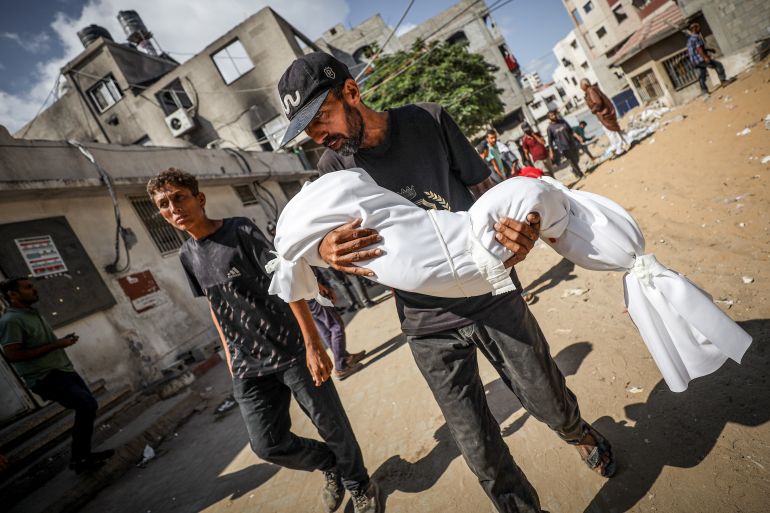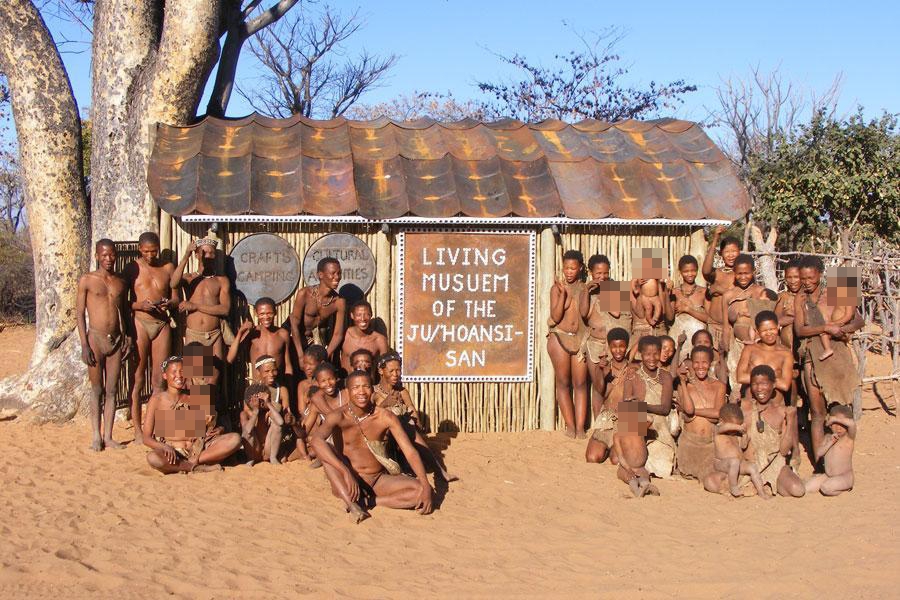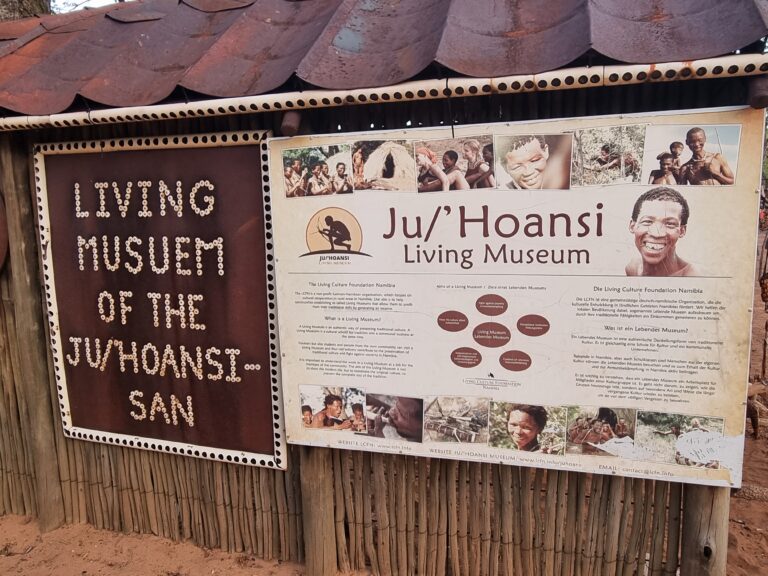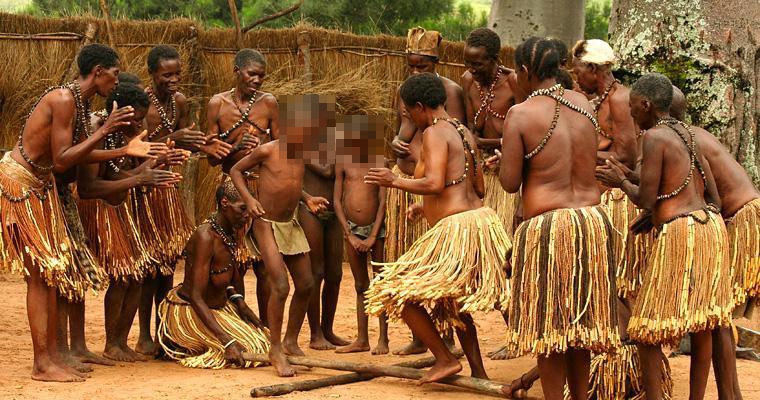Is Israel using Gaza tribal militias to help ethnic cleansing? | Gaza
In June, Israeli Prime Minister Benjamin Netanyahu admitted to arming and supporting the Popular Forces militia in Gaza to oppose Hamas.
“What’s wrong with this?” he said in a short video he tweeted. “It only saves the lives of Israeli soldiers.”
He did not clarify what the Popular Forces would do exactly, but experts believe Israel is backing the militia and its leader, Yasser Abu Shabab, to put a Palestinian face on the ethnic cleansing of Gaza.
The 31-year-old Abu Shabab, a previously unknown member of Gaza’s Tarabin Bedouin tribe, escaped prison around October 7, having been imprisoned since 2015 for drug-related charges.
Drugs are reportedly smuggled into Gaza through Egypt’s Sinai and, according to analysts, are run by ISIL-affiliated groups. This has led to a widespread belief that Abu Shabab has ISIL (ISIS) links.
But Abu Shabab’s alleged affiliation with ISIL has not been an issue for Israel; analysts say it is using him to advance its ethnic cleansing plans in Gaza.
Abu Shabab emerges
Abu Shabab, who leads the 100-man-strong Popular Forces militia, is an elementary school dropout, according to Muhammad Shehada, a visiting fellow with the European Council on Foreign Relations.
Despite this, he has a sophisticated and multilingual social media presence, and he recently penned an op-ed in the Wall Street Journal claiming that Palestinians in Gaza were done with Hamas.
Analysts believe his refined media presence is likely honed outside Gaza.
“He’s not been in touch with society for the last decade,” Shehada said. “He’s a nobody. He’s basically a front guy.”
His own tribe, the Tarabin, does not approve of his role in Gaza today, making a rare public statement disavowing him for allegedly collaborating with Israel.
Abu Shabab began to rise to prominence in late May 2024 after Israel invaded Rafah, in southern Gaza.
“His gang emerges a month later and becomes the main gang that loots the overwhelming majority of food and aid that’s going into Gaza systematically under [Israeli military] protection,” Shehada said.
About nine out of 10 trucks entering Gaza have been looted, according to United Nations statistics. Israel initially blamed Hamas for the looting, but humanitarian groups refuted that claim, and even the Israeli military was unable to find any proof that that was the case.
Instead, international aid workers say it was Abu Shabab who was systematically looting the aid.
An internal UN memo obtained by the Washington Post specifically named Abu Shabab “the main and most influential stakeholder behind systematic and massive looting” in Gaza.
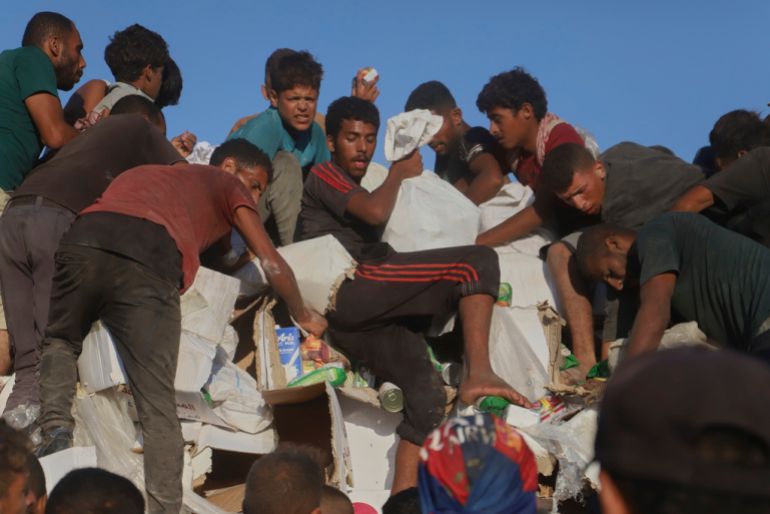
During the brief ceasefire that Israel unilaterally broke in March, Abu Shabab disappeared, only to reappear in mid-May when Israel, under immense international pressure, started to allow a trickle of aid back into Gaza.
“Literally on that day, he emerges again out of nowhere,” Shehada said.
“He’s been the face of Israel’s hunger campaign,” Shehada said, “while giving Israel full deniability of it and outsourcing the thing.”
A Palestinian face to ethnic cleansing
Beyond the stealing of aid meant for starving Palestinians, analysts said Abu Shabab and his militia are contributing to a wider Israeli plan to ethnically cleanse Gaza, which has been intensifying this year.
“Israel is in the process of trying to build up the militias associated with Abu Shabab in hopes that they can expand the concentration camp zones over which those militias can operate/control so that Israel can reduce the burden of occupation while facilitating the ethnic cleansing,” Tariq Kenney Shawa, the US policy fellow at Al-Shabaka, a Palestinian policy network, told Al Jazeera.
In early July, Israeli Defence Minister Israel Katz announced a plan to push 600,000 Palestinians into tent cities in southern Gaza and called it “voluntary migration”. When Katz revealed the plan, it was widely panned by the Israeli media and humanitarians.
Abu Shabab’s militia has been building what analysts are calling concentration camps in southern Gaza, in an effort to drive more than half a million Palestinians there before being displaced to third countries.
“The intention is to hold them there until an opportunity arises to send them elsewhere outside of Gaza, be that Egypt or any number of third countries,” Omar Rahman, a fellow at the Middle East Council on Global Affairs, said.
Forcing Palestinians into an unbearably small area and then forcing them over the border into Egypt could spark serious international repercussions, as the Egyptians have rejected displacing Palestinians.
“Israel understands that if the [Israeli army] operates a concentration camp in Rafah, it wouldn’t look very nice,” Shehada told Al Jazeera, adding that Israel would prefer “a Palestinian face that’s dressed in Palestinian uniforms with a Palestinian flag and speaking in Arabic” as the face of such an operation.
In addition, he said, Abu Shabab has “two very well-oiled Facebook propaganda machineries” that could convince desperate people to seek shelter in his camps, “especially if Israel [begins] forcefully pushing people there.”
“Abu Shabab’s militia is running smaller concentration camps within areas Israel controls and has advertised them as ‘safe havens’ for people to come get aid and set up tents and such,” Kenney Shawa said.
Taking advantage of desperation
This process has been bolstered by the US and Israel-backed GHF, which Israel is trying to impose as the sole distributor of aid in Gaza.
But the GHF has been widely lambasted by aid groups and the UN for politicising aid, and Israeli soldiers shoot at hungry Palestinians every day as they try to secure aid for their families. More than 1,000 Palestinians have been killed at the GHF’s distribution centres since May.
Worsening the situation is that, instead of some 400 aid distribution points that the UNRWA used to operate in Gaza, the GHF has only four sites in the whole Gaza Strip.
Tellingly, three of those are in the south, with only one in central Gaza, leading analysts to believe the sites were selected intentionally by Israeli authorities.
“Survival depends on food access,” Rahman said. “The entire purpose of GHF is to force the population to relocate.”
